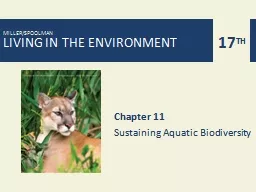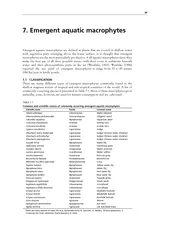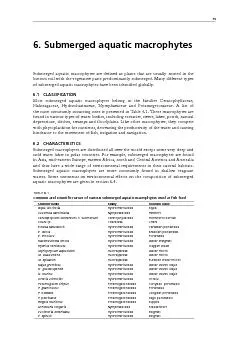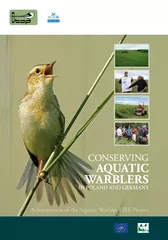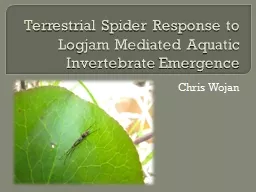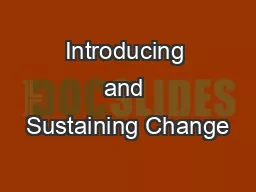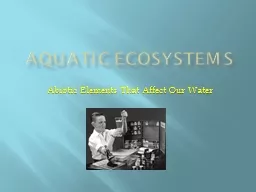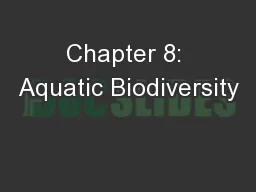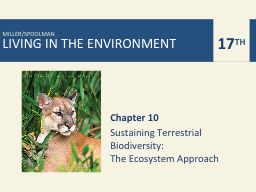PPT-Chapter 11 Sustaining Aquatic Biodiversity
Author : calandra-battersby | Published Date : 2018-11-02
Case Study Protecting Whales A Success Story So Far 1 Cetaceans Toothed whales and baleen whales 8 of 11 major species hunted to commercial extinction by 1975 1946
Presentation Embed Code
Download Presentation
Download Presentation The PPT/PDF document "Chapter 11 Sustaining Aquatic Biodiversi..." is the property of its rightful owner. Permission is granted to download and print the materials on this website for personal, non-commercial use only, and to display it on your personal computer provided you do not modify the materials and that you retain all copyright notices contained in the materials. By downloading content from our website, you accept the terms of this agreement.
Chapter 11 Sustaining Aquatic Biodiversity: Transcript
Download Rules Of Document
"Chapter 11 Sustaining Aquatic Biodiversity"The content belongs to its owner. You may download and print it for personal use, without modification, and keep all copyright notices. By downloading, you agree to these terms.
Related Documents

